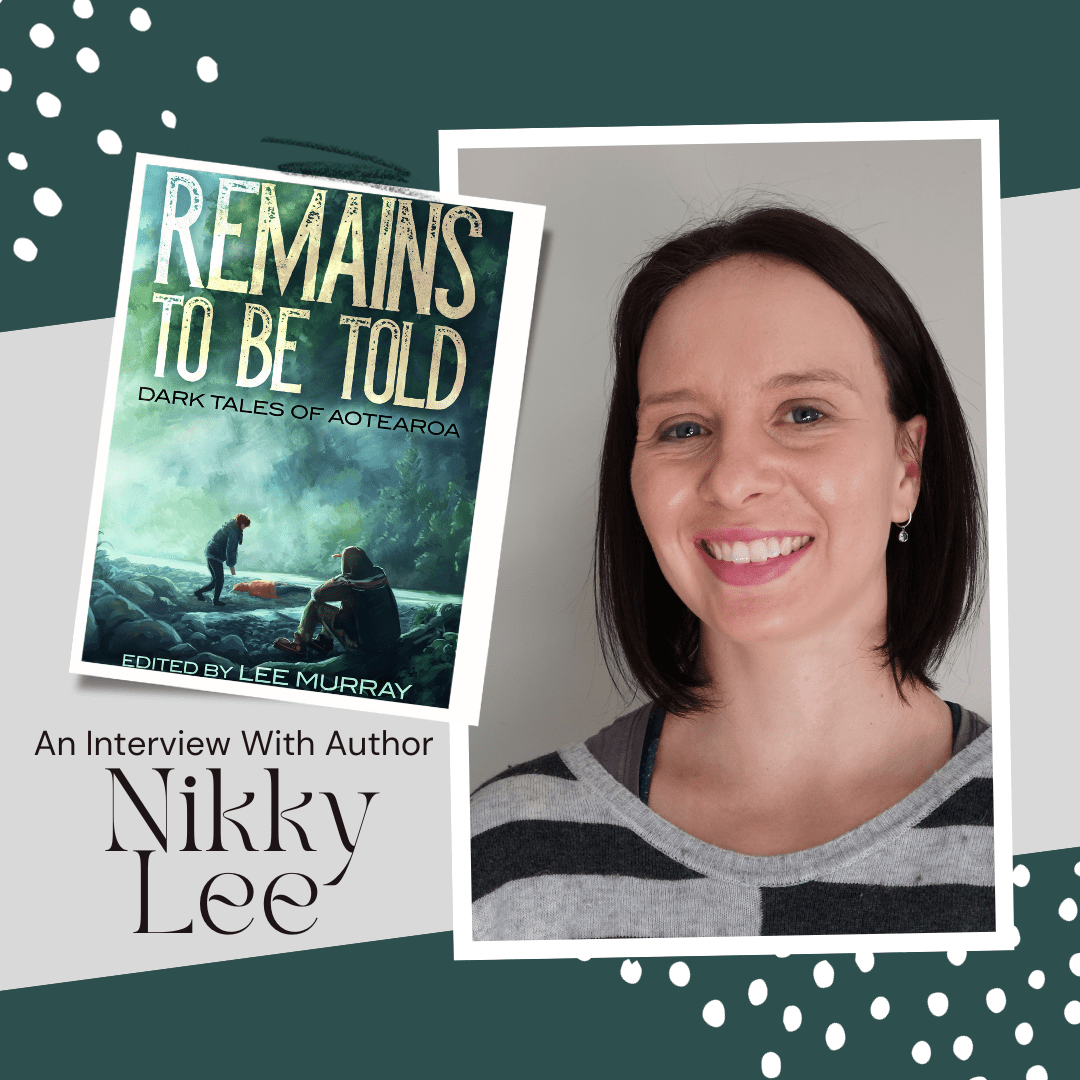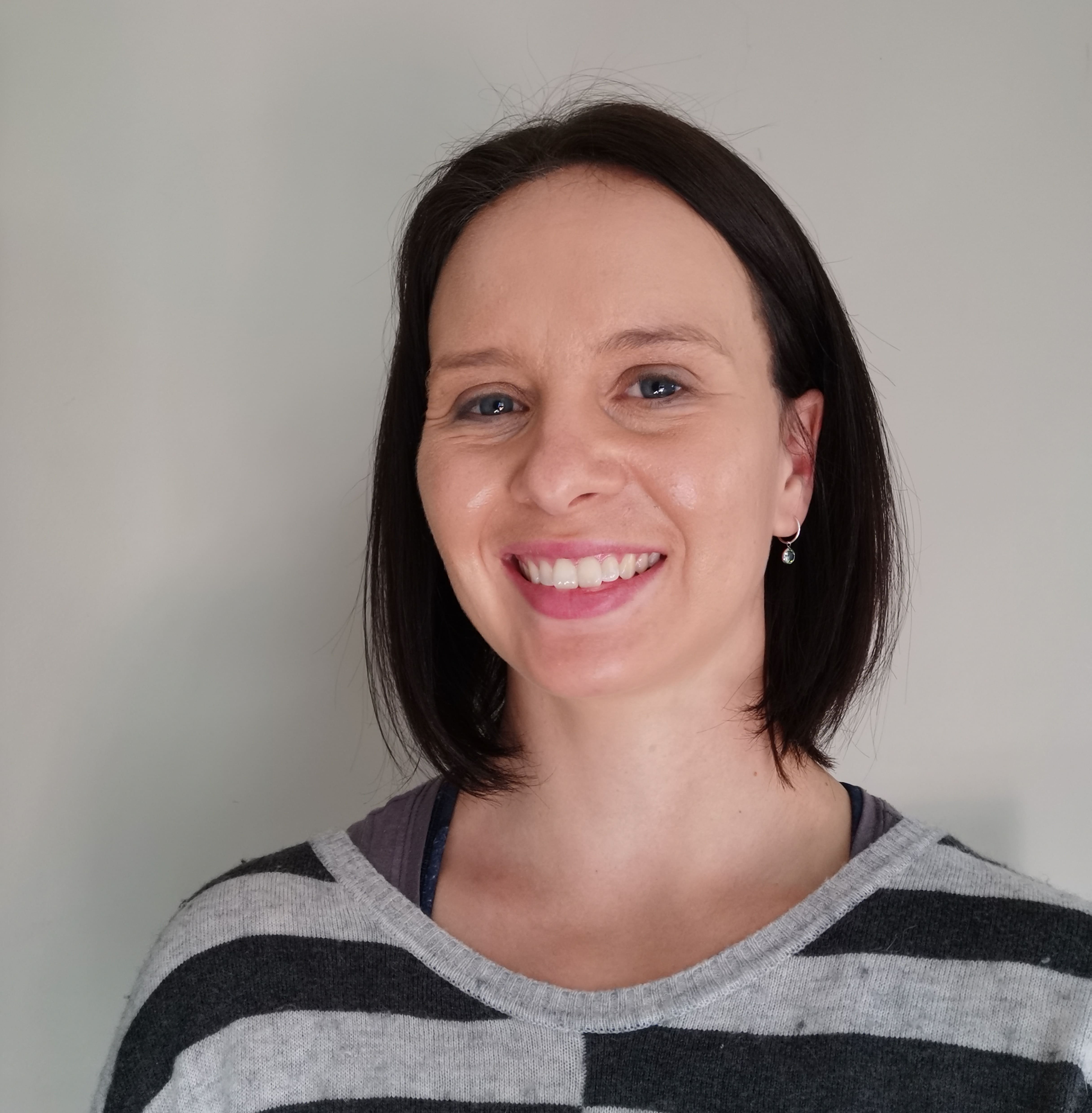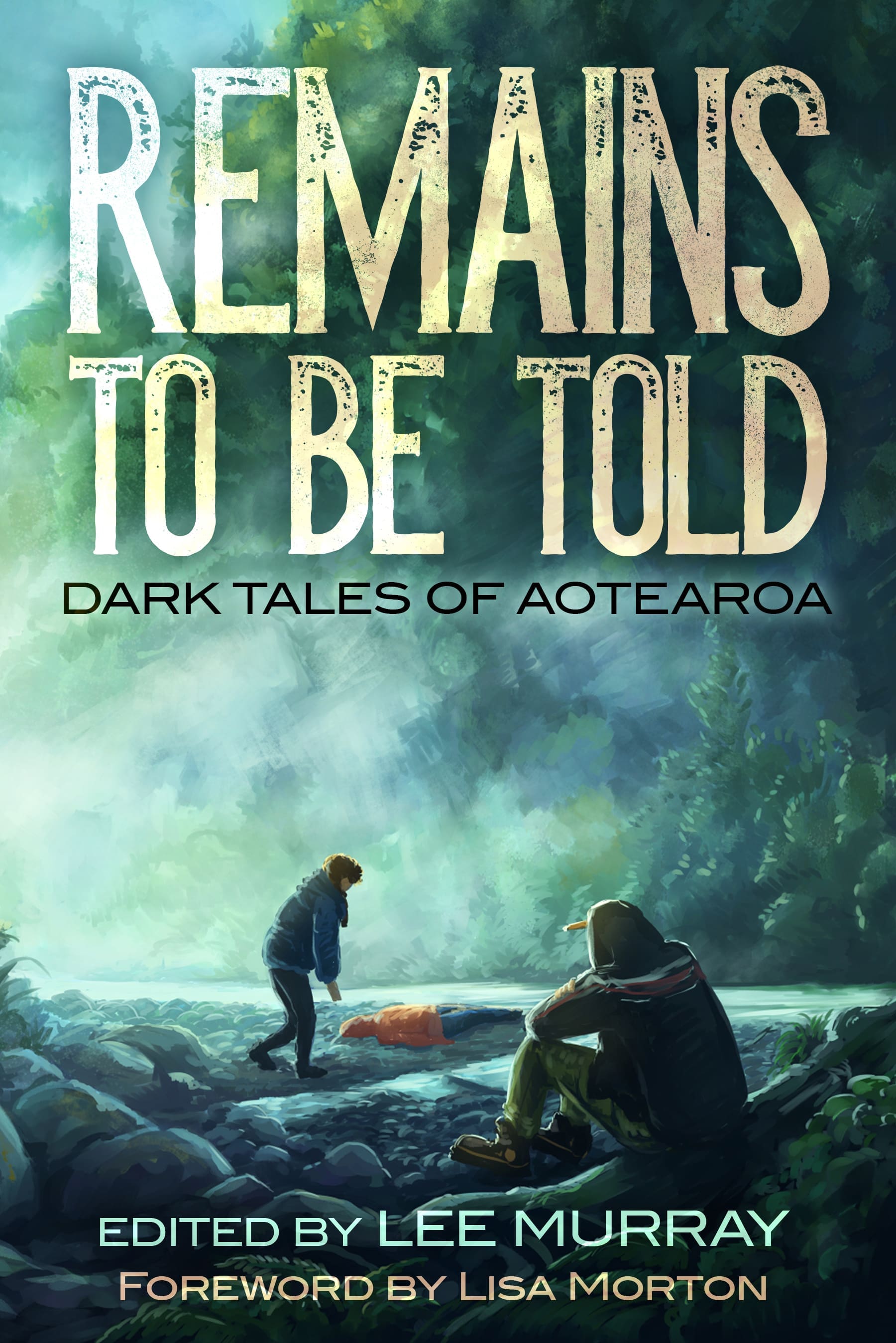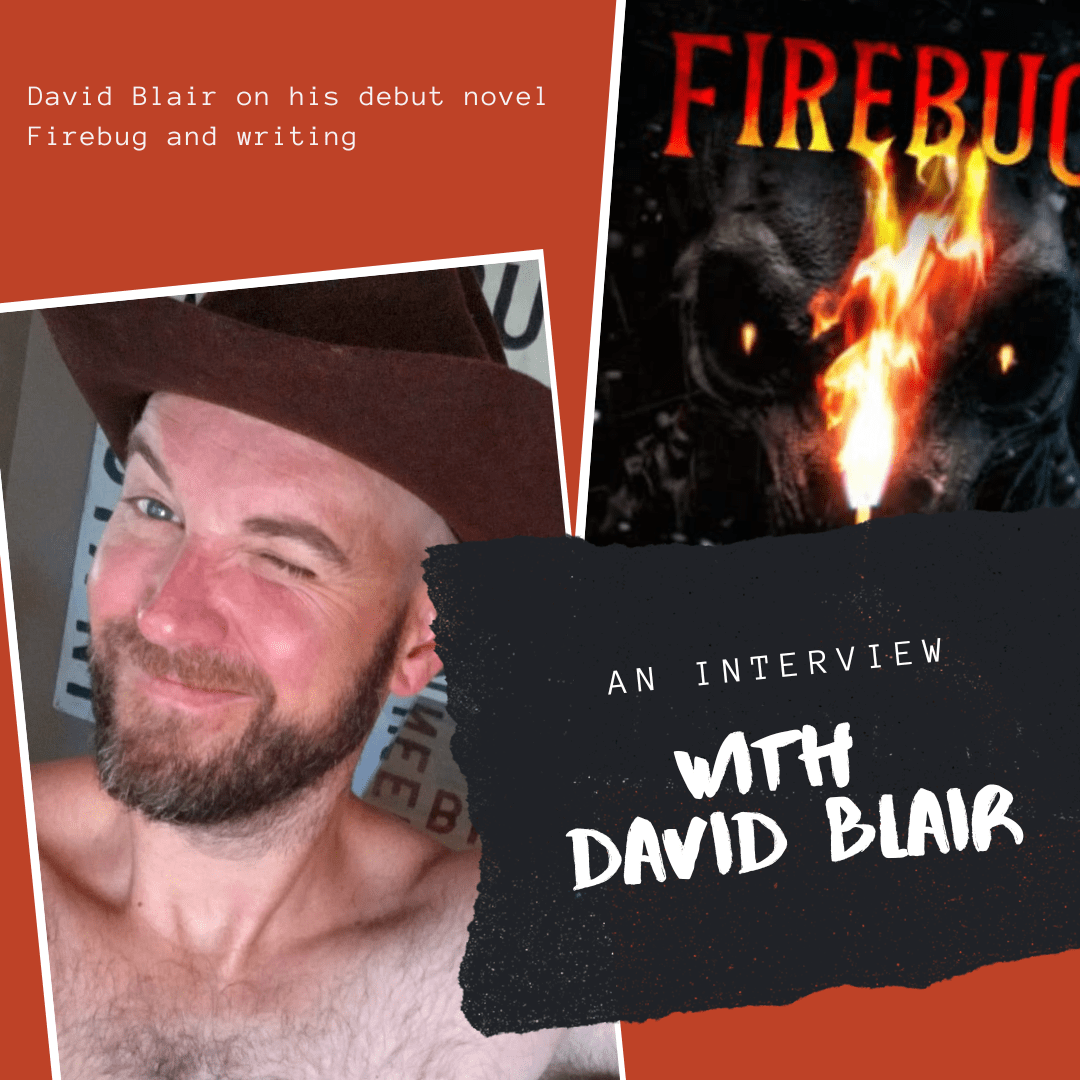REMAINS TO BE TOLD – An Interview with Kiwi author Nikky Lee

REMAINS TO BE TOLD – An Interview with Kiwi author Nikky Lee
In this unique interview series, we chat with the contributors of Kiwi horror anthology Remains to Be Told: Dark Tales of Aotearoa, edited by five-time Bram Stoker Award-winner Lee Murray (Clan Destine Press, 1 October).
Today, we welcome author Nikky Lee, whose dark dystopian story “What Bones These Tides Bring” appears in the anthology.
Tell us about your story in the anthology.
This is one of those stories that started with a scene in my head, and not much else. When I sat down to write it, I had a clear idea that I wanted the story to begin in a post-apocalyptic future with a woman collecting trinkets on an unnamed black sand beach. Auckland’s Muriwai Beach with its gannet colony was the primary inspiration behind this. However, it wasn’t until I wrote the line ‘The best bones’ did I start thinking about ghosts and making this character into some sort of bone witch.
Once I’d decided on ghosts, another influence came to the fore: Samantha Shannon’s The Bone Season series. In this series, ghosts are wielded as tools and weapons by the series’ clairvoyant characters. I figured my bone witch would have a similar power over ghosts, but I wanted her power to be a necessary evil in this post-apocalyptic world. I thought, what if ghosts were actually a source of electrical energy in a world that didn’t have electricity anymore? How might humanity use them? How would they trade them? Transport them? Thus the world and tension of “What Bones These Tides Bring” started coming together.
Going in I wanted to make this story subtly set in Aotearoa without dropping a pin too firmly on a specific place. So I drew on the things that are, to me, distinctively Kiwi. Black sand beaches to Mable’s hut (inspired by our Department of Conservation huts), local wildlife in the likes of Gannet, and a couple of nods to Māori culture and mythology, such as the mention of the fantail (an omen of death).
As for our ghost Riley’s point of view, she was actually a bit of a surprise! I initially planned to tell the whole story from Mable’s point of view, but when I got to the second scene, my gut (muse maybe?) urged me to explore the ghost’s viewpoint. So, in true panster fashion, I went with it.
Last of all, living in Auckland, the recent floods and Cyclone Gabrielle are still relatively fresh in my mind. It seemed right to imagine Riley’s world—our world—ending in a catastrophic storm and flood. I think my subconscious was trying to process it all!
 What, in your view, are the core elements of Aotearoa horror? What makes Kiwi horror unique?
What, in your view, are the core elements of Aotearoa horror? What makes Kiwi horror unique?
I’m still very much in my infancy when it comes to both reading and writing horror, so I haven’t had a heap of exposure to Kiwi horror specifically. From what I have read, perhaps our horror tends to veer towards a rural/small town focus? There could also be something said about the themes we tend to explore. We’ve got a lot of impenetrable bush, mountainous areas and several sections of incredibly rugged coastline. These areas are often deadly to the unprepared traveller/adventurer, so themes of getting lost or discovering something terrifying in their depths seem to pop up often.
Would you like to share a paragraph from your story?
The ocean is angry today. Its waves pound the sandbar; pummel the beach in a roar of white static. I tiptoe over the sand, basket in hand, studying what the water has brought me. Driftwood here, cuttlefish there. Into the basket they go. Driftwood for the fire, cuttlefish to trade to the carvers.
Overhead the sky rumbles, and the wind sends sheets of stinging sand against my legs. I push on. Water claws its way up the beach before the tide drags it back in silting, swirling currents that would drown even the Olwerld’s strongest swimmers.
Still, I search the black sand, one eye on the angry water. One freak wave and it’s over. I’ll sink like the Olwerld did. Yet despite the danger crashing not fifty metres away, my gnarled fingers trail through weed and kelp, over rocks, searching for a catch.
Because when the ocean is angry, it coughs up the best trinkets.
The best bones.
What draws you to horror?
There are so many different subgenres of horror that it’s difficult to boil this into a single answer. So maybe that’s an answer in itself? The variety of it. The way it can slip into other genres so seamlessly and go ‘boo’, provide social commentary, force us to look at that thing that unsettles us, or be a moral tale bearing a warning.
Similarly, writing is often how I process the world and the events around me, and sometimes that processing requires me to step into the dark to explore it fully. I’ve always been a bit anxious, so perhaps writing horror is a way for me to confront the things that scare me in a safe environment, i.e. as the author I can exert control over the things that scare me in my stories.
Horror is affective, which means it is different for all of us. Which horror book do you wish you’d written?
Dolly by Susan Hill probably claims the prize for putting my hairs on end a couple of times. But I tend not to go for scary, instead I’m there for the brooding disquiet, the disturbing, the unsettling and occasionally the grotesque and stomach-squirming.
On that front, the short story “The Writing on the Rat” by Kiwi author Michael Botur made my skin crawl when I read it.
Sister, Maiden, Monster by Lucy Synder was equally grotesque and riveting.
The Devil and the Loch Ard Gorge by Leanbh Pearson is a gloriously gothic, brooding horror that is almost claustrophobic in the inevitable ending you know is coming.
Name a Kiwi urban myth / folktale / historical event that needs to be a horror story.
I consider myself a fairly recent import (I’m originally from Australia), so I’m still learning about the local urban legends etc. But I feel something needs to be done about the Auckland Domain witches (if it hasn’t been already).
Halloween in New Zealand. Is it a thing? Yes or no? What’s your take?
Not really—at least not where I am. We’ve been in our house for five years, and we only had trick or treaters the first year. Every year afterward, we’ve bought some sweets just in case, and ended up eating them ourselves when we had no door knockers. We actually have more for a “celebration” at work. For the last few years, we’ve held a Halloween Heist event. Essentially, we’re divided into teams and we have to ‘steal’ an item (or items) and try and keep it without having it stolen by another team. There are rules around hiding your stolen objects (no putting it your desk drawers, for example). Unsurprisingly, not much work gets done on this day.
Can you suggest other Kiwi dark fiction/ horror we should be reading.
Butcherbird by Cassie Hart is a great, creeping rural horror.
For horror short stories where character flaws eventually mean they have to lie in the beds they’ve made, check out Michael Botur’s The Devil Took Her: Tales of Horror. Several of these stories are excellent examples of how horror holds up the mirror to the ugliest sides of society too.
Seeds by Tabatha Wood is another great collection of dark fiction with speculative elements. Some of those stories still haunt me nearly a year after reading it.
What’s coming up for you on the writing front?
I’ve got a short story coming up in a dark folklore anthology where all the stories are set in the same world. My story is loosely inspired by the ancient Greek automaton Talos.
I’m also working on a science fantasy space opera novella that I’m hoping to release in a couple of months. It started life as a short story and rapidly got out of control.
Thanks for dropping by, Nikky!
 Featuring uncanny disturbances, death, and the dank breath of the native bush, Remains to be Told: Dark Tales of Aotearoa is an anthology of dark stories and poems mired in the shifting landscape of the long white cloud, and deeply imbued with the myth, culture, and character of Aotearoa-New Zealand. Laced with intrigue, suspense, horror, and even a touch of humour, and comprising a range of subgenres, the volume showcases some of the best homegrown and Kiwi-at-heart voices working in dark fiction today.
Featuring uncanny disturbances, death, and the dank breath of the native bush, Remains to be Told: Dark Tales of Aotearoa is an anthology of dark stories and poems mired in the shifting landscape of the long white cloud, and deeply imbued with the myth, culture, and character of Aotearoa-New Zealand. Laced with intrigue, suspense, horror, and even a touch of humour, and comprising a range of subgenres, the volume showcases some of the best homegrown and Kiwi-at-heart voices working in dark fiction today.
Includes stories and poems by Neil Gaiman, Owen Marshall, Gina Cole, Tim Jones, Lee Murray, Dan Rabarts, Marty Young, Debbie Cowens, Paul Mannering, Tracie McBride, Kirsten McKenzie, Jacqui Greaves, Nikky Lee, William Cook, Bryce Stevens, Kathryn Burnett, Celine Murray, Denver Grenell, Del Gibson & Helena Claudia. Foreword by six-time Bram Stoker Award-winner, Lisa Morton.
Remains to be Told: Dark Tales of Aotearoa is published by Clan Destine Press Australia with the kind support of Creative New Zealand. Original cover art by Sir Julius Vogel Award-winner, Emma Weakley. https://www.clandestinepress.net/products/remains-to-be-told
Nikky Lee grew up as a barefoot 90s kid in Perth, Western Australia on Whadjuk Noongar Country. In 2016, she moved to Aotearoa and now lives in Auckland with a husband, a dog and a couch potato cat. Her short fiction has been shortlisted six times in the Aurealis Awards, with her post-apocalyptic fantasy novelette “Dingo & Sister” winning Best Young Adult Short Story and Best Fantasy Novella in 2020. Her 2022 debut novel, The Rarkyn’s Familiar, won a Sir Julius Vogel Award for Best Youth Novel, three Indie Ink Awards and was finalist in the 2022 Aurealis Awards and the Foreward INDIES Book of the Year Awards.
- About the Author
- Latest Posts
The Horror Tree is a resource for horror authors which was created in 2011. The main goal when starting the site was to include all of the latest horror anthologies and publishers that are taking paying submissions. A resource useful for both new and experienced publishers alike looking for an outlet for their written material!












